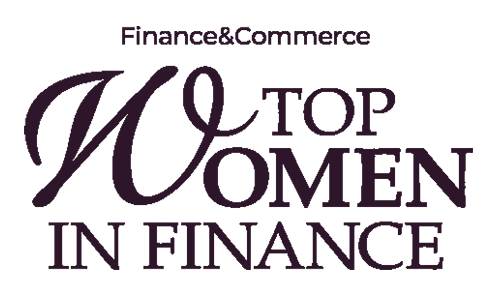The Complete Guide To SG&A
What is SG&A?
Examples of SG&A on an Income Statement
Curious about how to put your SG&A on an income statement?
It will look a little different depending on what kind of business you own and how you decide to account for your costs.
Below is an example of how it might look for a retailer.
A “Good” SG&A Ratio
Now you may be wondering, what exactly is a good benchmark SG&A ratio? 10%? 25%?
The amount of SG&A that makes sense differs from company to company. It’s dependent on your industry, your stage of growth, your overall strategy, and quite a few things beyond that.
For example, if you’re a young company, you may need to take on more sales costs than a similar company with ten years on you.
You’ll probably have to spend extra money during your first couple of years to get a designer to build your brand, and you will also likely have to spend more on advertising to get your name out into the world.
It makes sense for you to leave more room in your SG&A benchmark costs.
Don’t get locked into thinking that a magic level of SG&A will bring your company success.
We’ve compiled a table of average SG&A costs for your industry below to get a better idea of what your competitors may be spending.
Even so, don’t just rely on comparisons.
Clarify your strategy and understand why you spend the money that you do.
Be honest about what may need to be cut, and also be honest if you think you need to funnel more money toward your sales or overhead.
What’s important is that you monitor your SG&A ratio and respond to what you see.
Average SG&A Costs by Industry
According to information compiled by saibooks.com in their SG&A Benchmark reports, these were the average ratios for SG&A expenses to sales in different industries in 2019.
These specifically were for companies with sales of less than $100 million a year.
Source: https://saibooks.com/sga-benchmarks/
This can give you a basic idea of what competitors might be spending on their SG&A. Is your percentage way different than what you see here?
Don’t fear, but consider what the difference might be. Again, your business will be different from other businesses.
That’s not a bad thing, but it may be a signal that there is some room for improvement.

Things to Remember
Learn More About How OWL Can Help You
Bookkeeping
Whether you need help with accounts payable, payroll or your monthly close, our accountants ensure these critical tasks are completed accurately and on time.
Accounting
When your books are up to date, you can respond to opportunities and challenges quickly. Accurate, bank-ready financials allow you to make better decisions for your company.
Financial Planning
Gain access to powerful insight typically only available to companies that employ a full-time controller or CFO. Leverage their expertise when you need it, without adding to your payroll.
Freedom to Focus on Your Business
Our Partner Organizations →
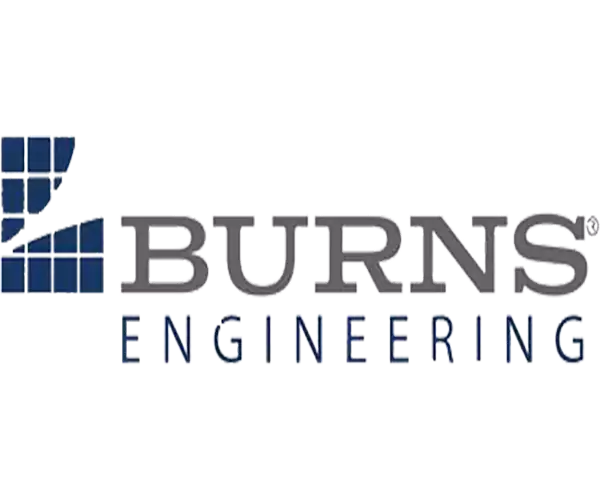
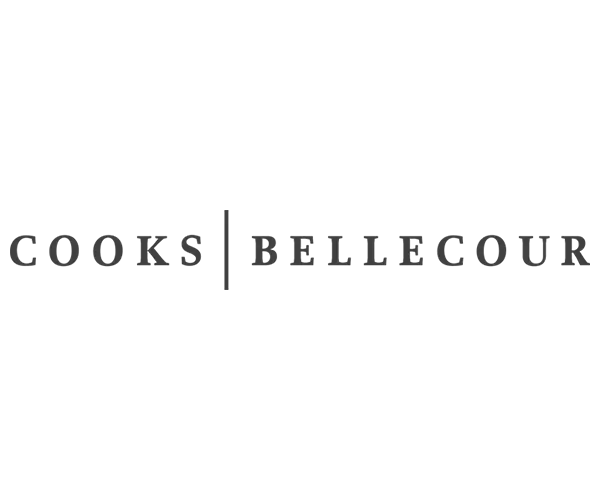


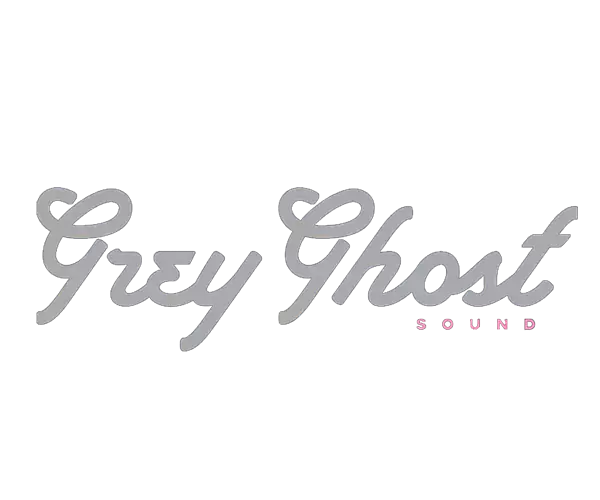
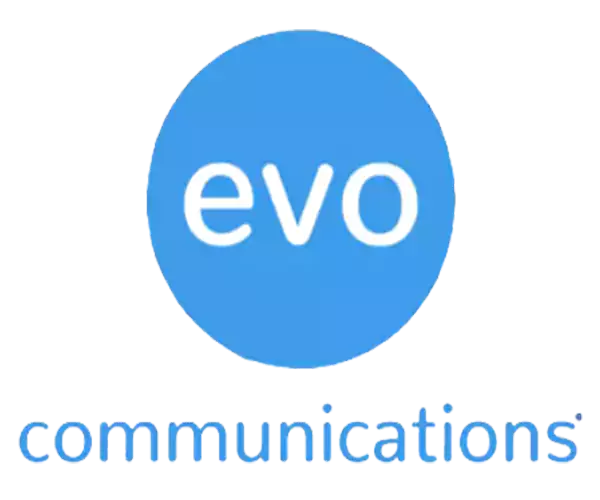
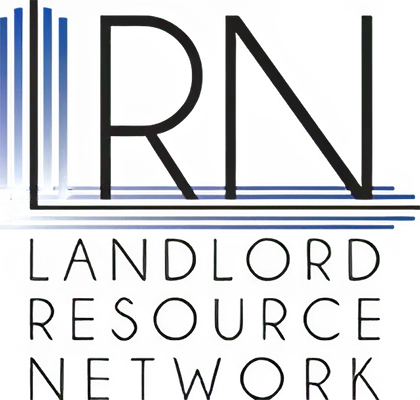



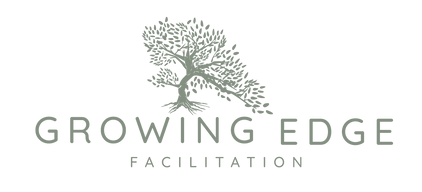
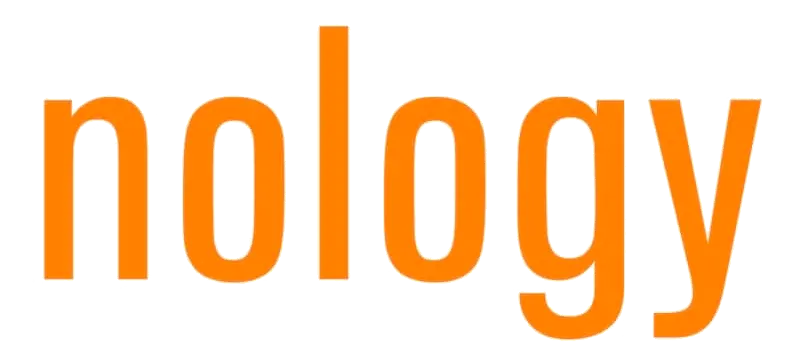




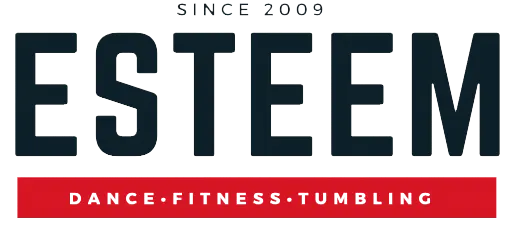

Get the Full View of Your Business Financials
Just like an owl can turn their head 270 degrees to see the whole landscape, Owl Bookkeeping and CFO Services can help you see your full financial picture.
Call us today: (612) 816-6007

